Continuing on from the previous post …
Sculpture
The V&A’s sculpture collection is designated the National Collection of Sculpture. It concentrates on Western European Sculpture from the 4th century to the end of the 19th century and comprises of approximately 22,000 objects intotal. Highlights of the collection include masterpieces from the Italian Renaissance, ivory carvings of all periods, Northern European wood and other sculpture, commemorative medals and plaster casts.
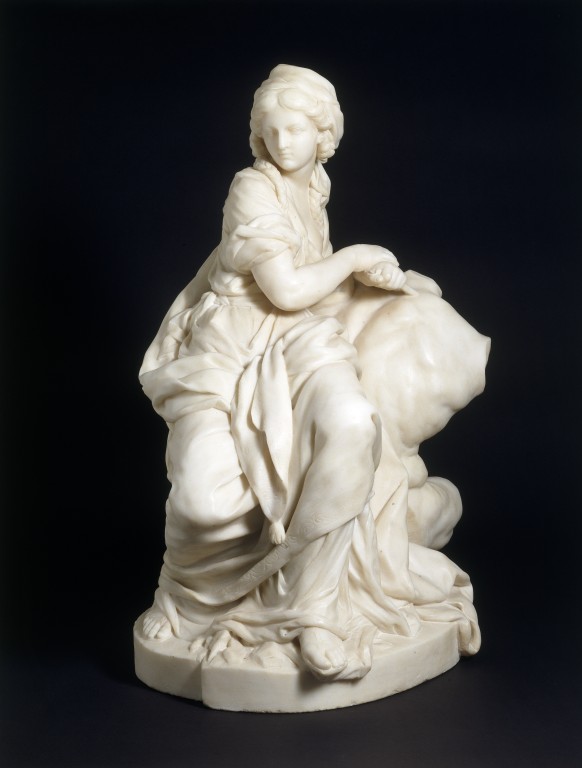
All of the categories and considerations described in my previous post on selecting furniture are applicable to the selection of Sculpture objects for the Europe Galleries. However, for sculpture objects consideration of ‘Art & Design History’ requires particular scrutiny of traditional concepts of a European ‘art historical canon’. In other words, artists and artworks traditionally accepted by Western scholars as the most important and influential in shaping European art and culture.
Commissions made by public or religious bodies and wealthy individuals greatly affected the development and style of sculpture in the 17th and 18th centuries. Also, the establishment of academies, such as the ‘Academie Royale’, aimed to train artists who would then then disseminate specific styles throughout Europe.
Sculptors working in 17th and 18th-century Paris (such as Falconet whose work is shown above) would aim to progress through a hierarchy controlled by the Royal Academy of Painting and Sculpture, where teaching was based on classical ideas described by the Ancient Greeks and Romans (especially during ‘Classical Antiquity’ ca. BC 600 – AD 600).

Asking the Sculpture Curators to compile an ‘A list’ of sculpture objects was particularly important in tracing how the Museum’s collections reflect this ‘canon’. We then had to work out how these key objects could be incorporated within the galleries as a whole.
This ‘star’ sculpture object by Bernini was already on display in the Museum but will be much more suited to a space in the Europe 1600-1800 galleries, where it will provide an impressive sight on first entering the first gallery. The monumental sculpture is one of the earliest works by the pioneer of the Baroque style, Gianlorenzo Bernini.
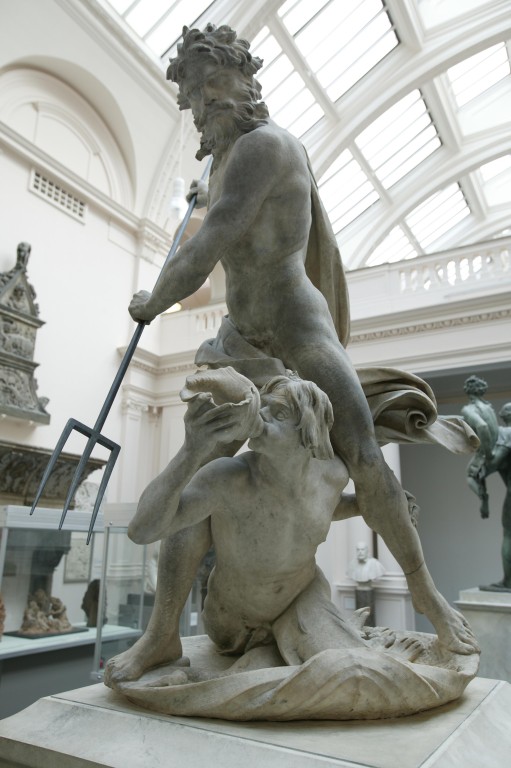
Another Bernini piece provides a good example of how we considered the different possibilities for how an ‘A list’ sculpture object could be incorporated in the galleries.

Revisiting our hard-copy folders (first put together back in 2011), a swarm of brightly-coloured post-it notes tell me that initial display subject suggestions for this model included: ‘Power of the Church’; ‘Creation of Objects’; ‘Bernini’ (as noted artist); and ‘Rome’. For various reasons, none of these exact display subjects have made it through to this stage of the project. The model will instead join Neptune and Triton in the Baroque display, focusing on Bernini’s role in ‘the making of sculpture’. The display will highlight Bernini’s use of gesture, facial expression and his treatment of drapery, to imbue his figures with emotion.
Further examples of selected sculpture objects include:
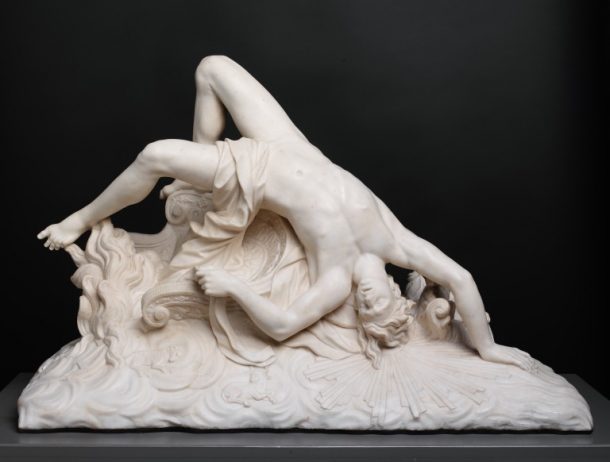
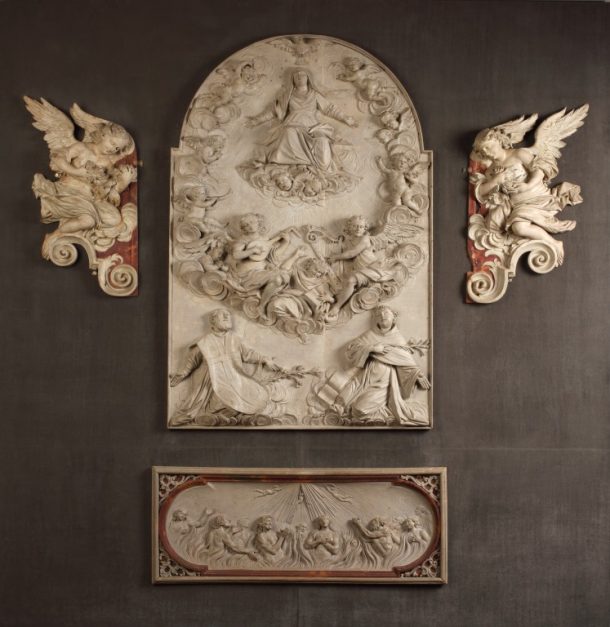
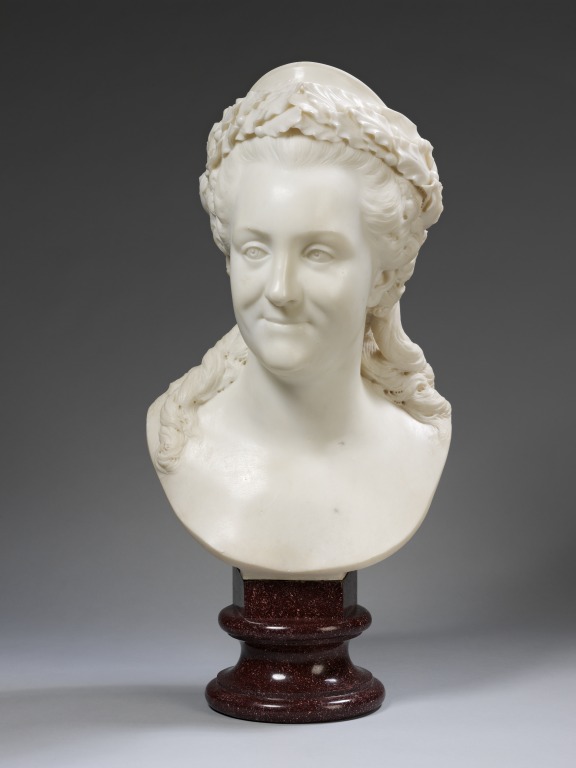
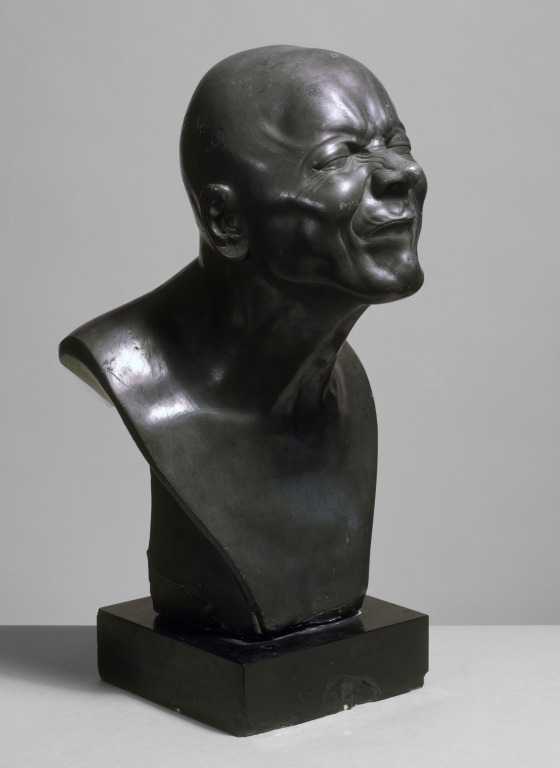


Thank you, Dawn, for explaining how and why the selection of furniture and sculpture for the new European Galleries has been made. Obviously there have been difficult decisions but based on clear criteria. I look forward to see old and new “friends” when the rooms open and am pleased to read that Bernini’s “Neptune & Triton” will be shown in the Baroque gallery. While I’m happy that the V&A still acquires British and British-related sculpture ( such as the Wolsey Angels ) I do hope that it has not abandoned the acquisition of European sculpture ( 17-19 centuries )? ( Many of the sculptures , above, came to the museum in the 50s and 60s ). Best wishes, Robert.
Hi Robert,
Thanks for continuing to follow the blog.
Just to quickly respond to your query about the Museum’s acquisition of European sculpture. – We haven’t abandoned it(!). In the last two decades, the Sculpture department have acquired important pieces such as Antonio Canova’s The Three Graces, and a terracotta Virgin and Child attributed to Lorenzo Ghiberti. Acquisitions have been particularly active in the areas of French 19th century medals, and pre-1800 German wood and ivory carvings. In addition to making suitable purchases where possible, we also acquire many items as a result of generous gifts.
All the best,
Dawn